SIX THINGS WE NOTICED FROM DANNY ROHL FIRST RANGER TRAINING SESSION INCLUDING SHOCK POSITION CHANGE
The long wait is over. Rangers’ new boss Danny Röhl finally took charge of his first full training session at Auchenhowie, and if first impressions are anything to go by, it was intense, modern, and full of surprises. The German tactician, known for his analytical mind and high-energy sessions, wasted no time stamping his philosophy on the squad — and fans, staff, and even players were left buzzing after witnessing his methods up close.
Below, we break down the six key things we noticed from Röhl’s debut training session — including one particularly shocking positional experiment that could redefine how Rangers line up under their new manager.
1.
Intensity and Tempo — A Whole New Energy at Auchenhowie
From the very first whistle, it was clear Röhl is not here for half-measures. Every drill was executed at full pace, with assistants barking instructions and Röhl himself moving constantly between groups. Players were challenged to maintain sharp tempo, quick transitions, and high pressing patterns — a signature trait of German coaching methods inspired by the likes of Julian Nagelsmann and Hansi Flick, both of whom Röhl has worked with.
Observers noticed that even simple rondo drills were conducted with stopwatch timing and measurable targets. Passes had to be made within two seconds; movement off the ball was mandatory. Röhl even halted one exercise to demand “aggression without the ball” — a clear sign that he expects intensity in every phase.
This isn’t just fitness training; it’s tactical conditioning. Under previous management, sessions were sometimes described as “flat” or “predictable.” Röhl’s approach looks like a jolt of energy aimed at modernising the team’s rhythm, pressing structure, and overall commitment.
2.
New Tactical Shape — Signs of a 4-2-2-2 Hybrid System
Fans watching training footage and photos shared by the club’s media team spotted an intriguing setup: Röhl seemed to be trialling a 4-2-2-2 shape, reminiscent of his time under Hansi Flick with the German national team. Two narrow attacking midfielders operated behind a dual-striker pairing, with full-backs pushing aggressively high and wide.
This marks a significant departure from Rangers’ usual 4-3-3 or 4-2-3-1 structure used under previous managers. The system allows Röhl to control central areas with compact spacing while keeping width through the full-backs — ideal for rapid pressing and transition football.
In simple terms: expect more coordinated pressing, higher defensive lines, and overlapping full-backs creating overloads in attack.
If implemented successfully, this could give Rangers a unique tactical edge in the Scottish Premiership, particularly against deep-sitting sides that often frustrate them at Ibrox.
3.
Shock Position Change — A Forward Moved Into Midfield
The biggest talking point of the entire session — and what truly shocked fans — was Röhl’s decision to reposition a forward into central midfield during the tactical drills.
According to training footage and insider whispers, the player in question was Abdallah Sima, who has been predominantly used as a winger or forward since joining the club. Röhl, however, tested him as a right-sided number eight, partnering Todd Cantwell in midfield.
The experiment looked strange at first glance — but there was method behind it. Röhl appears to value Sima’s athleticism, pressing range, and ability to drive with the ball. By moving him deeper, he gets a midfielder who can break lines from transition and cover wide channels when full-backs push up.
The move raised eyebrows, but Röhl’s past record at Bayern and Sheffield Wednesday shows he isn’t afraid to repurpose players to fit his dynamic systems. If it works, Sima could become one of the most versatile weapons in this new-look Rangers side.
4.
Younger Players Get Major Involvement
One of Röhl’s promises during his first press conference was to give young players “a real pathway” to the first team — and he wasted no time backing that up. Several academy graduates trained with the senior squad, including Bailey Rice, Ross McCausland, and Zak Lovelace.
Observers noted that Röhl spent extra time with the younger players, particularly focusing on positional awareness and pressing cues. His background in player development (he began coaching at just 20 years old) has made him a keen believer in teaching principles rather than rehearsing routines.
Fans online applauded the sight of teenagers training alongside veterans, calling it “the breath of fresh air” the squad needed. Röhl’s emphasis on youth also suggests that long-term squad sustainability will be a pillar of his regime.
5.
Micro-Detail Coaching — The ‘German Precision’ Touch
Another clear difference from previous sessions was Röhl’s obsession with detail. The new manager stopped play repeatedly to correct minor body positions, communication gaps, and defensive triggers.
At one point, he demonstrated — physically — how players should angle their shoulders when pressing near the touchline, so that the opposition was forced inward toward a pressing trap. At another, he called out defenders for “standing too flat” and demanded immediate adjustments.
Assistants with iPads and GPS trackers stood by to record running data and player spacing metrics — something rarely seen under prior managers. It’s clear Röhl is bringing a data-driven, performance-science approach designed to squeeze every ounce of efficiency out of training.
Players seemed to respond positively. Smiles mixed with exhaustion as drills finished, with one insider quoted as saying, “It’s the hardest first day we’ve had in years — but it makes sense.”
6.
A New Standard of Communication and Culture
Finally, Röhl made a deliberate effort to reshape the tone of the entire camp. Before training began, he reportedly gathered players in a tight circle and delivered a speech about unity, respect, and accountability. He told the group: “We start new. Every player has a chance, but every player must earn it — every day.”
He also insisted on multilingual communication — switching between English and German but ensuring translators helped every player understand tactical cues. It might seem small, but this attention to inclusivity can rebuild trust and connection in a dressing room that looked fractured toward the end of last season.
Even staff members were given clear roles during training, from medical staff assisting warm-up drills to analysts setting up cameras at multiple angles. Röhl appears determined to ensure every department functions in sync, mirroring the elite structure he observed at Bayern Munich.
Early Reactions — Optimism and Curiosity in Equal Measure
The first training clips spread quickly across social media, with fans dissecting every frame. Most reactions were positive:
- “Finally some energy in our training — you can feel the change.”
- “You can tell this guy has worked at the top. Look at how involved he is.”
- “That Sima midfield thing shocked me — but maybe that’s genius!”
Of course, skepticism lingers too. Some older fans worry Röhl’s high-intensity style might be hard to sustain in Scotland’s physically demanding schedule. Others wonder whether such a young coach can command the full respect of seasoned professionals. But the early signs show players buying into his philosophy.
What This Means for Rangers Going Forward
Röhl’s training methods suggest that Rangers will evolve toward a press-heavy, transition-oriented, and flexible tactical identity. That could make them a nightmare to play against domestically — especially if the players adapt quickly.
The positional experiments — such as Sima’s midfield trial — show a manager willing to innovate rather than recycle old ideas. The focus on youth development, tempo, and tactical precision point to a long-term rebuild that balances performance and progress.
For Rangers supporters desperate to see a modern, proactive football style return to Ibrox, this first training session felt like a glimpse into the future. The question now is whether Röhl can convert theory into consistent match-day success — and whether his new culture can withstand the heat of the Old Firm rivalry and Scotland’s relentless fixture list.
Final Thoughts
Danny Röhl’s first Rangers training session was more than just drills and fitness tests — it was a statement of intent. The tempo, innovation, and attention to detail signaled the beginning of a new era built on discipline, intelligence, and adaptability.
If the early signs are anything to go by, Röhl’s Rangers will not be a side that sits back or settles for mediocrity. They’ll press high, attack fast, and — perhaps most importantly — think differently.
The shock positional switch was the headline moment, but the deeper story is about culture and philosophy. Rangers may have just taken their first real step toward a modern football revolution under a coach who refuses to compromise on standards.
The fans can sense it. The players can feel it.
And in Scottish football’s most scrutinised club, Danny Röhl has made sure his presence was felt — from the very first whistle.
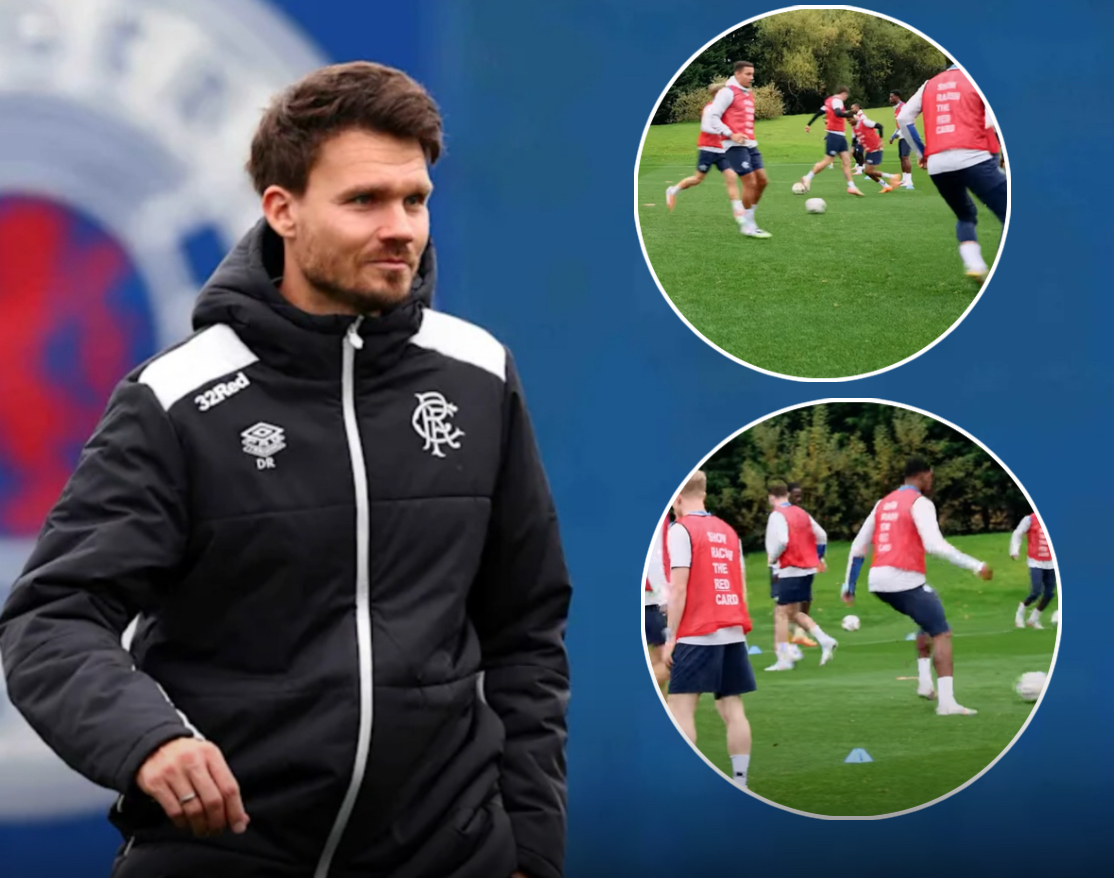
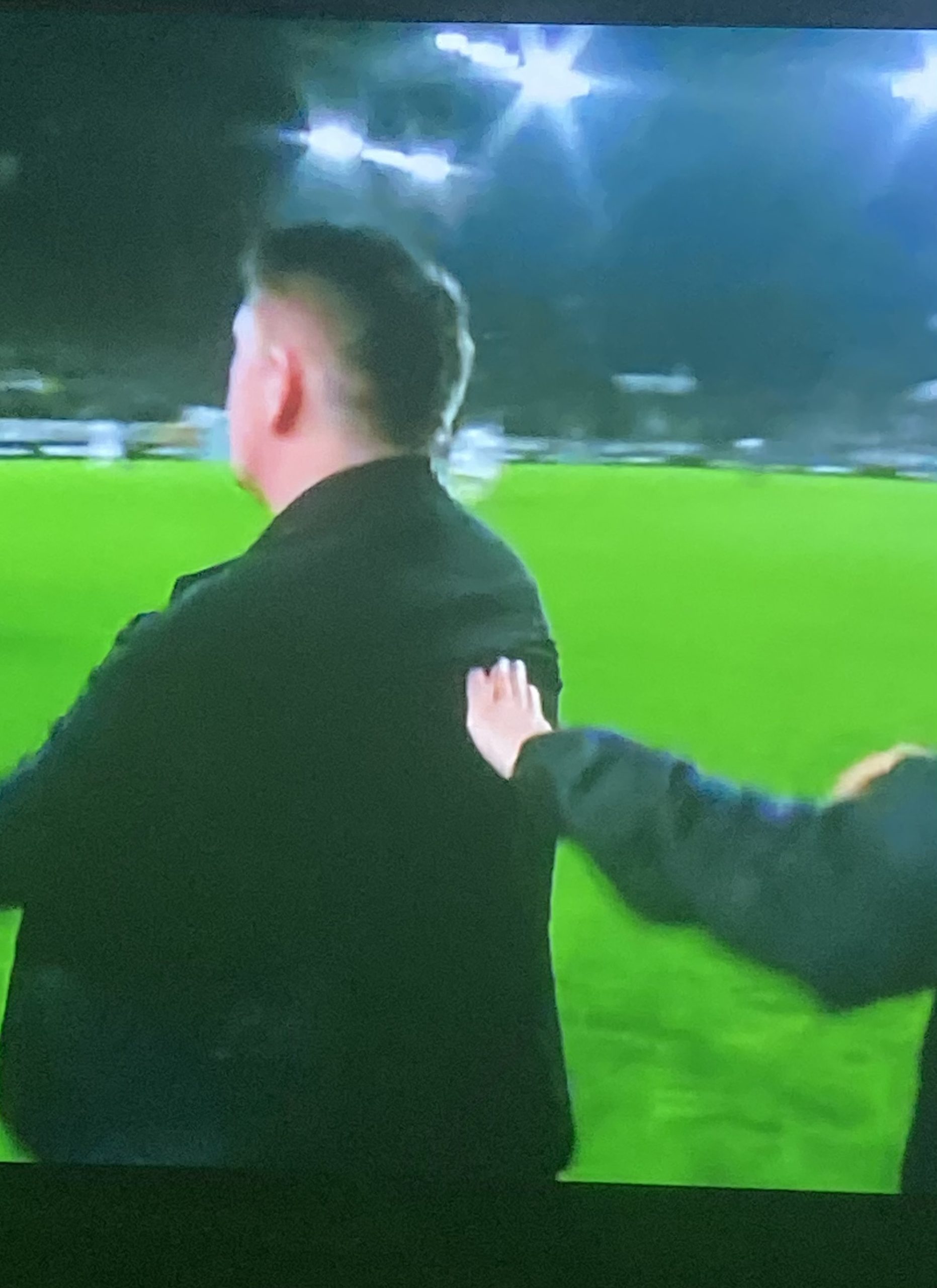
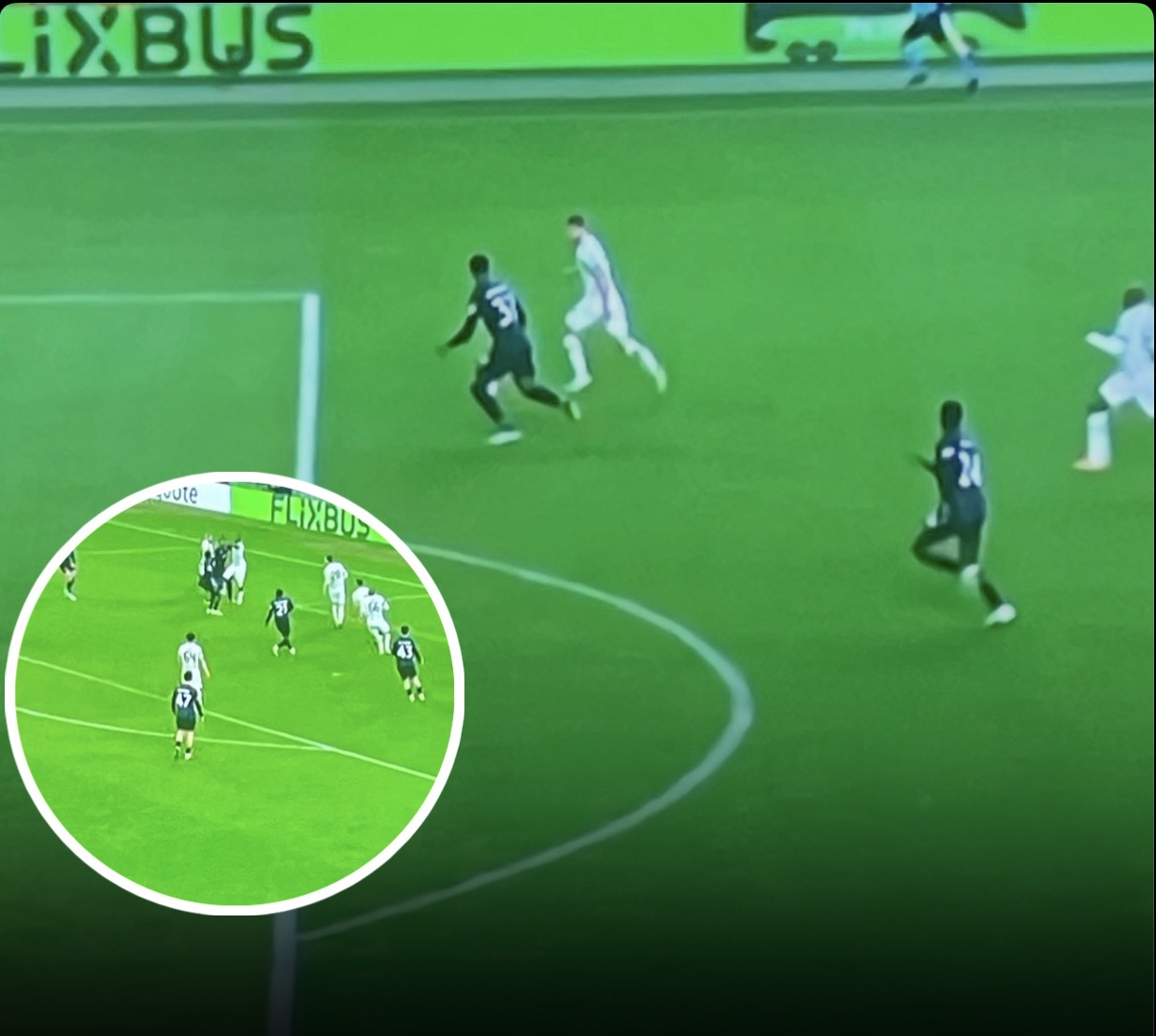
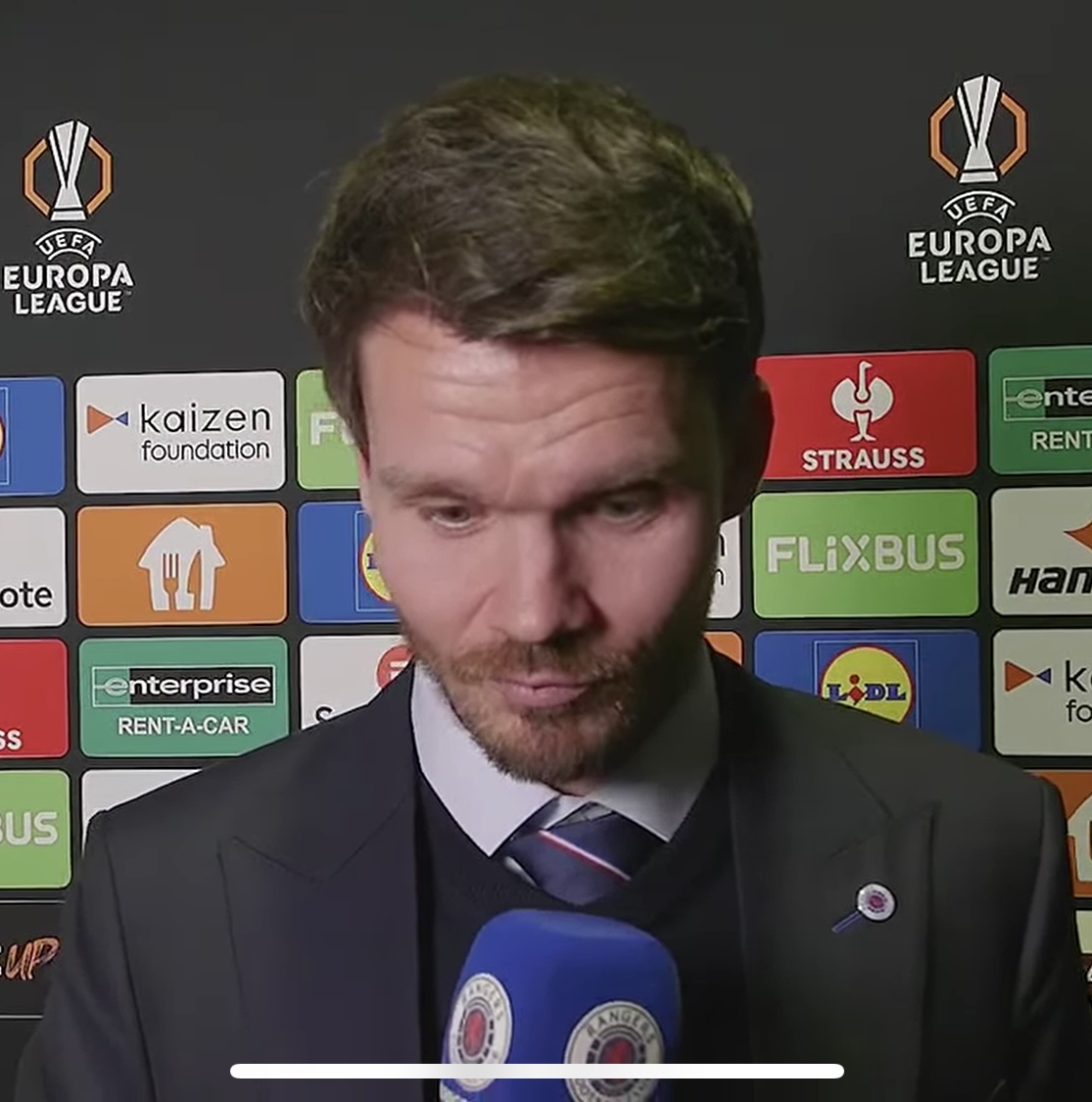
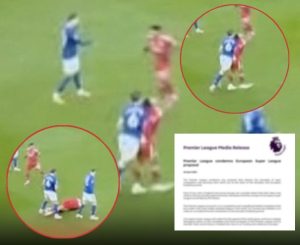

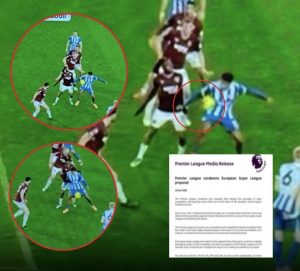
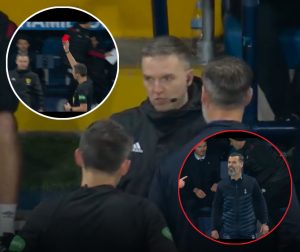
Post Comment